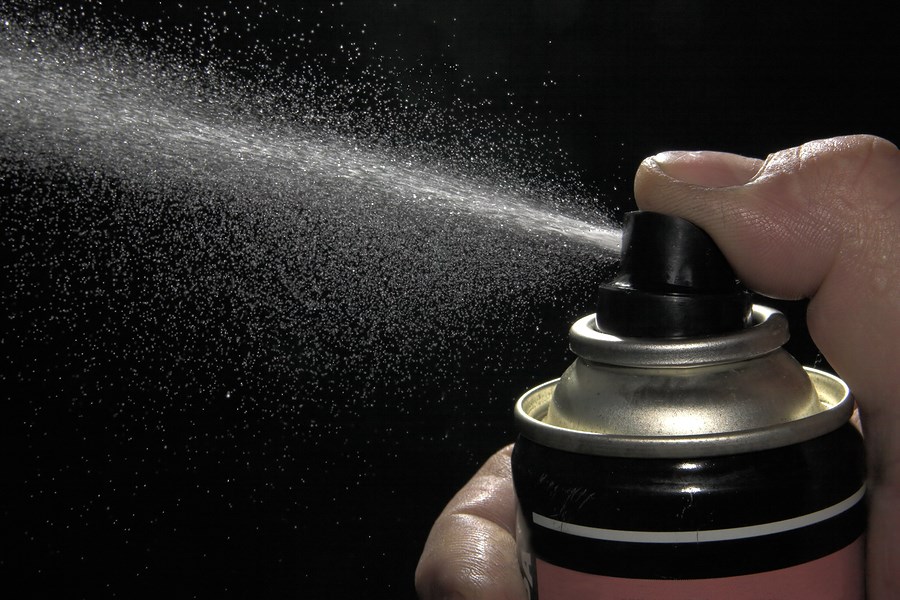A few trips out of town and some strolls along the boardwalk recently have me thinking about the graffiti that either graces or defaces the rocks in and around town, depending on who you talk to and what they’ve seen.
The subject comes up often for something that, by appearances, is so widely accepted. I’ve received letters condemning it, heard the confused question, “Why?” From newcomers, and witnessed a conversation about how it adds character to the surroundings.
When I first arrived here, I was (perhaps uncharacteristically) unoffended and undeterred by the site of painted names scrawled across the rocks. There seemed to be more of it in and around Flin Flon than on other areas of Canadian Shield I had travelled through, and rather than disgust, I found myself feeling curious.
Whether you love it or hate it, graffiti seems to be almost a cultural rite of passage in this corner of the country. As I drove through town and down the highway, I noticed that among freshly painted initials and phrases were faded words and symbols, the graffiti of yesteryear, worn from exposure to decades of our northern weather. The scrawls covers rocks on the new highway and the old, boldly exclaim from the most visible stony canvases and peek out from hidden nooks. I’ve witnessed people surreptitiously sneaking some initials, and seen others unabashedly spray painting large letters across the rock face on the side of the highway in broad daylight.
When I see this, or when a particular piece of graffiti catches my eye, I find myself either wondering what the story is behind it (like, who are Helmet and Pete, and how did their names come to end up together on the side of the highway?) or I make stories up about that particular piece (like, his friends laughed and cheered and one guy gave a play-by-play from the boat below as Johnny scaled a cliff 60 feet above Schist Lake to forever mark their names for all to see, but only through binoculars, before losing his balance and falling back into the icy water). I imagine the excitement, the covert operations, the solemnity of the act, the satisfaction of finishing a piece, looking back and admiring it, whatever it is.
Every piece of graffiti has a story behind it, whether it’s teenage romance or a memorial to a lost loved one or a kid with a can of spray paint and an obscene sense of humour. Every piece could have been driven by a different part of the human condition - a need for expression, the wish for visible commitment, adolescent boredom.
These stories told through paintings on the rock are not unlike centuries-old pictographs found along the shores of nearby lakes and on cliffs and in caves across the country, except perhaps in the mass amount of them.
Every piece of graffiti is vandalism, an act of rebellion, damaging to the environment, and every piece is a legacy, this thing humans crave - something that says “I was here,” perhaps long after that person is gone.




